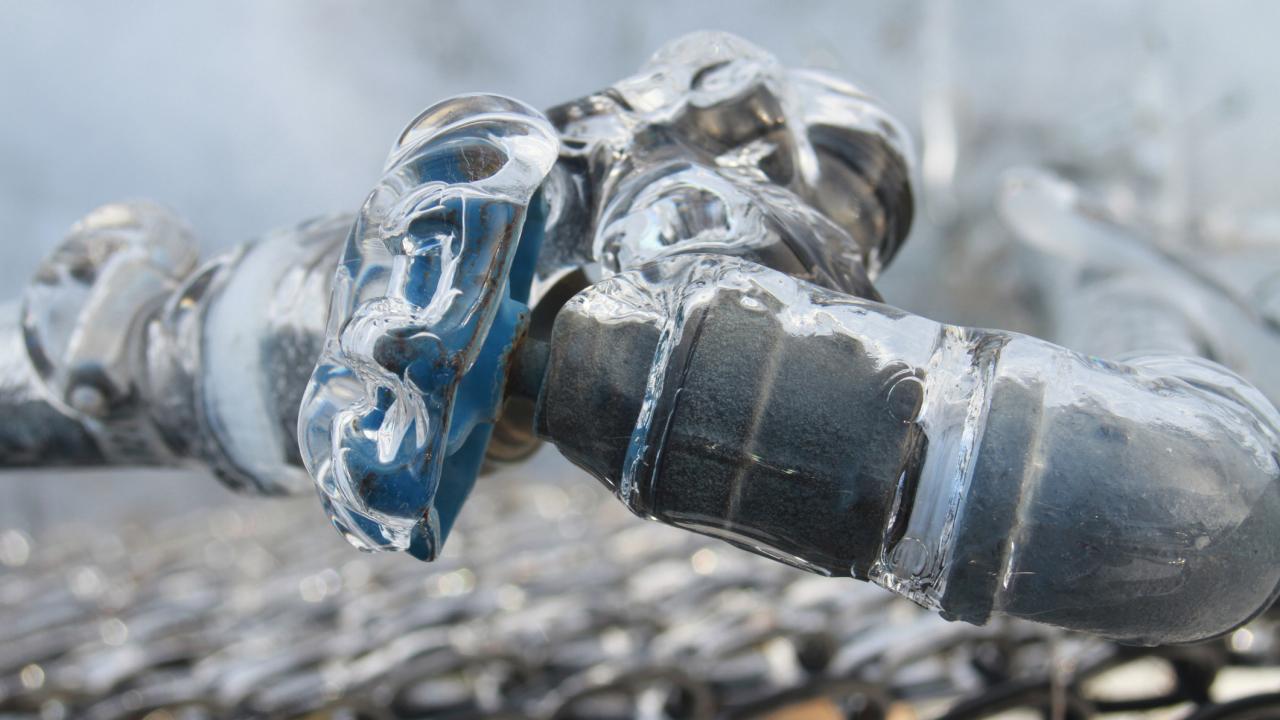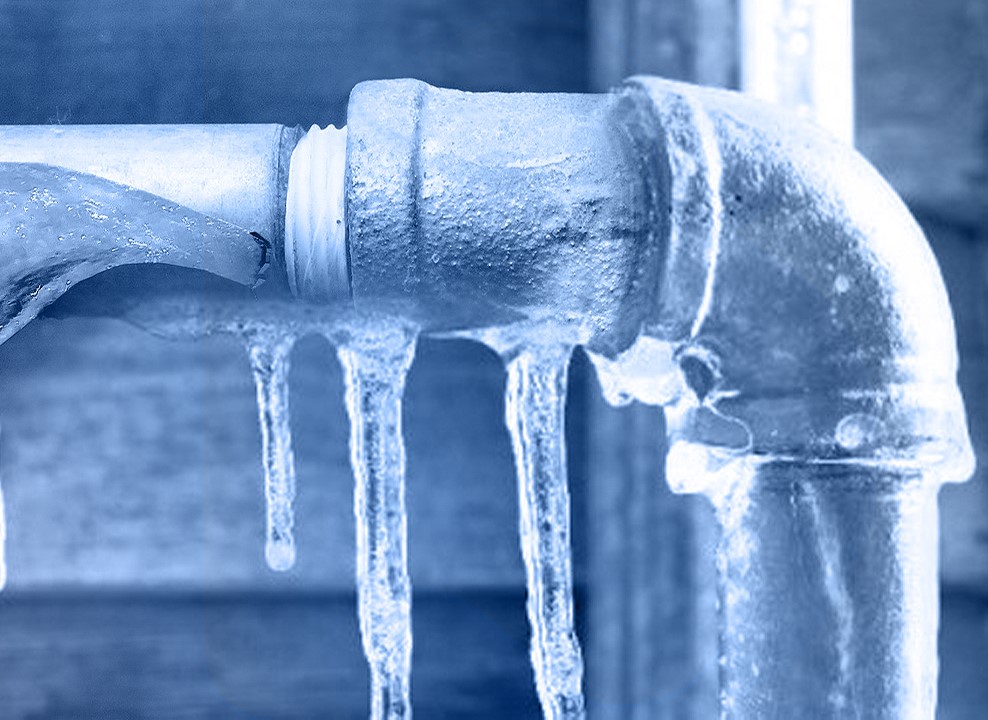Essential Tips for Preventing Frozen Plumbing in Cold Weather Seasons
Essential Tips for Preventing Frozen Plumbing in Cold Weather Seasons
Blog Article
Here on the next paragraphs you might get a bunch of extremely good answers on the subject of Prevent Frozen Pipes .

Cold weather can wreak havoc on your plumbing, particularly by freezing pipes. Right here's exactly how to avoid it from occurring and what to do if it does.
Intro
As temperature levels decline, the threat of icy pipes boosts, potentially leading to pricey fixings and water damage. Comprehending just how to prevent icy pipes is essential for homeowners in chilly environments.
Prevention Tips
Insulating susceptible pipelines
Wrap pipelines in insulation sleeves or use warm tape to protect them from freezing temperatures. Concentrate on pipes in unheated or exterior areas of the home.
Heating strategies
Maintain indoor rooms adequately warmed, specifically areas with plumbing. Open cabinet doors to permit warm air to flow around pipes under sinks.
Exactly how to recognize frozen pipelines
Try to find decreased water flow from taps, uncommon odors or noises from pipelines, and noticeable frost on exposed pipes.
Long-Term Solutions
Structural changes
Consider rerouting pipes away from exterior wall surfaces or unheated locations. Include added insulation to attic rooms, cellars, and crawl spaces.
Updating insulation
Buy top notch insulation for pipelines, attics, and walls. Correct insulation aids preserve constant temperature levels and reduces the danger of icy pipelines.
Protecting Outdoor Plumbing
Garden hose pipes and outside taps
Detach and drain pipes garden tubes before wintertime. Set up frost-proof spigots or cover exterior faucets with insulated caps.
Understanding Icy Pipes
What causes pipes to ice up?
Pipelines freeze when revealed to temperature levels listed below 32 ° F (0 ° C) for expanded periods. As water inside the pipes ices up, it broadens, taxing the pipeline wall surfaces and potentially triggering them to break.
Risks and damages
Icy pipelines can result in water disruptions, residential or commercial property damages, and expensive repair services. Ruptured pipes can flood homes and cause comprehensive structural damage.
Indications of Frozen Water Lines
Determining frozen pipes early can prevent them from bursting.
What to Do If Your Pipes Freeze
Immediate actions to take
If you presume frozen pipes, maintain taps available to ease pressure as the ice melts. Make use of a hairdryer or towels taken in hot water to thaw pipelines gradually.
Final thought
Preventing icy pipes requires proactive procedures and fast responses. By understanding the reasons, indications, and safety nets, house owners can protect their pipes throughout cold weather.
5 Ways to Prevent Frozen Pipes
Drain Outdoor Faucets and Disconnect Hoses
First, close the shut-off valve that controls the flow of water in the pipe to your outdoor faucet. Then, head outside to disconnect and drain your hose and open the outdoor faucet to allow the water to completely drain out of the line. Turn off the faucet when done. Finally, head back to the shut-off valve and drain the remaining water inside the pipe into a bucket or container. Additionally, if you have a home irrigation system, you should consider hiring an expert to clear the system of water each year.
Insulate Pipes
One of the best and most cost-effective methods for preventing frozen water pipes is to wrap your pipes with insulation. This is especially important for areas in your home that aren’t exposed to heat, such as an attic. We suggest using foam sleeves, which can typically be found at your local hardware store.
Keep Heat Running at 65
Your pipes are located inside your walls, and the temperature there is much colder than the rest of the house. To prevent your pipes from freezing, The Insurance Information Institute suggests that you keep your home heated to at least 65 degrees, even when traveling. You may want to invest in smart devices that can keep an eye on the temperature in your home while you’re away.
Leave Water Dripping
Moving water — even a small trickle — can prevent ice from forming inside your pipes. When freezing temps are imminent, start a drip of water from all faucets that serve exposed pipes. Leaving a few faucets running will also help relieve pressure inside the pipes and help prevent a rupture if the water inside freezes.
Open Cupboard Doors
Warm your kitchen and bathroom pipes by opening cupboards and vanities. You should also leave your interior doors ajar to help warm air circulate evenly throughout your home.

I discovered that article about How to Prevent Your Pipes From Freezing while doing a search on the search engines. Sharing is good. You never know, you may just be helping someone out. Thank you for your time spent reading it.
Click Here! Report this page